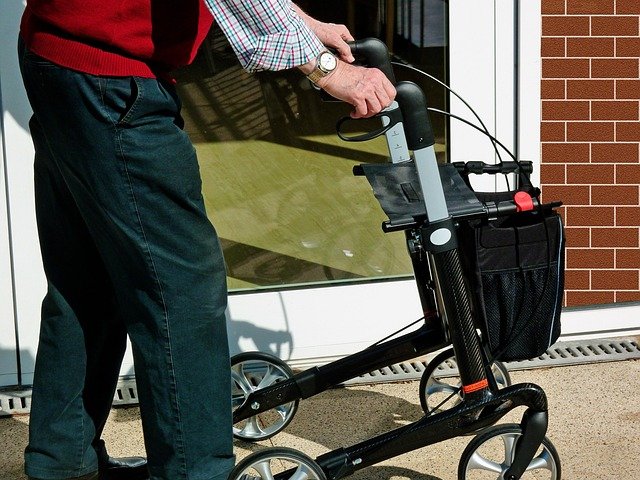Housing Association Flats for Over-60s: Step-by-Step Guide
Securing a housing association flat as a pensioner can unlock affordable, accessible living—but you need to know where to start. This guide walks you through eligibility requirements, how to find and register with your local associations, tips for completing your application and interview, and strategies to stay proactive throughout the waiting period. With clear advice on documentation, follow-up and alternative options, you’ll be well-equipped to land the right home for your retirement years.

Finding suitable accommodation in later life can be challenging, particularly when managing fixed incomes and changing mobility needs. Housing association flats specifically designed for over-60s provide an important housing solution across the UK, offering affordable rent levels, secure tenancies, and purpose-built features that support independent living.
These specialised housing options combine affordability with practical design elements such as level access, emergency alarm systems, and communal facilities. Many developments also provide on-site support services and social activities that help maintain community connections and wellbeing.
Understanding Age and Income Requirements
Eligibility for housing association flats typically requires applicants to be aged 60 or over, though some schemes accept residents from age 55. Income requirements vary between providers, but most housing associations use affordability assessments to ensure rent levels remain manageable.
Many schemes prioritise applicants receiving housing benefit or pension credit, while others accept working households with modest incomes. Some associations operate waiting lists based on housing need rather than strict income thresholds, considering factors such as current housing conditions, health requirements, and family circumstances.
Local Connection and Priority Assessment
Housing associations typically prioritise applicants with strong local connections to specific areas. This might include current residence, family ties, employment history, or care responsibilities within the local community. Some associations also consider applicants who previously lived in the area but moved away due to housing costs.
Priority assessment systems evaluate housing need using points-based criteria. Higher priority often goes to applicants living in unsuitable accommodation, those with medical conditions requiring adapted housing, or people facing homelessness. Veterans and care leavers may receive additional priority points under certain schemes.
Completing the Application Process
The application process begins with registering interest through the housing association’s website or local council housing register. Most applications require proof of identity, income documentation, medical assessments if relevant, and references from current landlords or support workers.
Processing times vary significantly, with some applications taking several months to complete. Many housing associations operate choice-based lettings systems where eligible applicants bid for available properties. Others maintain traditional waiting lists where properties are allocated based on priority rankings and availability.
Health and Accessibility Considerations
Housing associations assess applicants’ current and anticipated future needs when allocating properties. Ground floor flats, wheelchair accessible units, and properties with adapted bathrooms receive priority allocation to applicants with relevant mobility requirements.
Many developments include features such as level access showers, wider doorways, emergency alarm systems, and accessible parking spaces. Some schemes provide additional support services including cleaning assistance, meal provision, or regular welfare checks through on-site staff or visiting services.
| Housing Association | Property Types | Weekly Rent Range |
|---|---|---|
| Anchor Hanover | 1-2 bed flats with communal facilities | £85-£150 |
| Sanctuary Housing | Studio to 2-bed apartments | £90-£140 |
| Places for People | 1-2 bed flats, some with gardens | £80-£135 |
| Clarion Housing | Mixed developments with support | £75-£145 |
Prices, rates, or cost estimates mentioned in this article are based on the latest available information but may change over time. Independent research is advised before making financial decisions.
Alternative Housing Options
When housing association flats are unavailable, several alternatives exist for over-60s seeking affordable accommodation. Private retirement developments offer similar amenities but typically charge higher rents and service charges. Some local councils maintain their own sheltered housing stock with comparable features to housing association properties.
Shared ownership schemes allow partial property purchase with reduced mortgage requirements, while some housing associations offer intermediate rent properties at levels between social and market rates. Supported lodgings and adult placement schemes provide accommodation with additional care support for those requiring higher levels of assistance.
Housing association flats for over-60s represent an important resource for older people seeking secure, affordable accommodation with age-appropriate features. Success in securing these properties depends on understanding eligibility criteria, demonstrating local connections, and completing applications thoroughly. While waiting times can be lengthy, the combination of affordable rents, purpose-built design, and community support makes these developments valuable housing options for later life.




